For lovers of mushroom picking mushrooms are considered a real find, but it is worth knowing that not all varieties of this mushroom have high nutritional qualities, and some are completely dangerous. There is one particular species in the oily family - pepper mushroom, which still causes controversy about its edibility. Having read his photo and detailed description.
Content
Characteristic features of the variety
There are several names among the people for this species, for example, a nipple or pepper moss. He received his names for a specific bitter taste.
Appearance and photo
The considered specimen belongs to tubular mushrooms; it is brown in color. It has a convex hat and a cylindrical leg of small diameter. The pulp of the fruiting body is loose and brittle, yellow in color.
There is no pungent odor, but there is a bitter taste, and the flesh changes color when cut or pressed. The leg matches the color of the hat and does not have a ring, which will help in identifying this forest resident.
Structure and species differences
The butterdish is a member of the Boletov family, class Anarikomycetes. The view has the following structural features:
- The mushroom cap is convex in shape, during the growth process it becomes flatter. Diameter - up to 8 cm. The color scheme ranges from light brown to copper, and can also acquire red and brown shades depending on the habitat. The surface is dry and velvety to the touch, but in rainy weather it becomes mucous.
- The height of the leg reaches 4-8 cm, in diameter - 1.5 cm. The leg is cylindrical in shape, narrowed downward, often has a curved, smooth texture. The color is the same as the hat, but it can be a little lighter, below it is a yellow hue. Rings are missing.
- The flesh is loose in structure and easily breaks, changes color to red when cut. The taste of pulp is like that of hot pepper, but there is no pronounced specific smell.
- The tubular layer is adherent, of the same shade with a mushroom cap, pores of irregular angular shape. When pressed, it acquires a dirty brown hue.
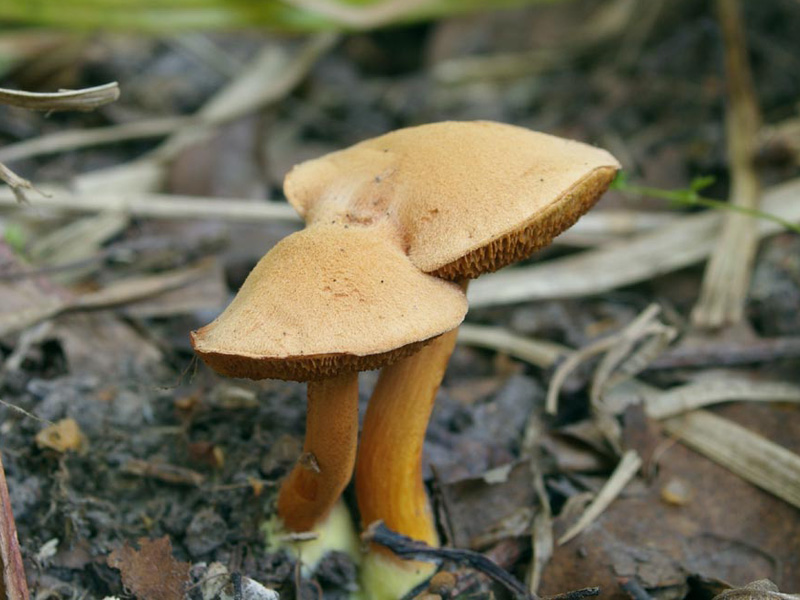
Oil can
This structure of the pepper fungus makes it possible to distinguish it from other counterparts in the forest by external signs.
Habitat
This type of oiler prefers a moderate climatic zone. The area of its growth is Europe, the Caucasus, the Urals, Siberia, as well as the island of Tasmania. The fungus forms mycorrhiza more often with deciduous, but sometimes with conifers.
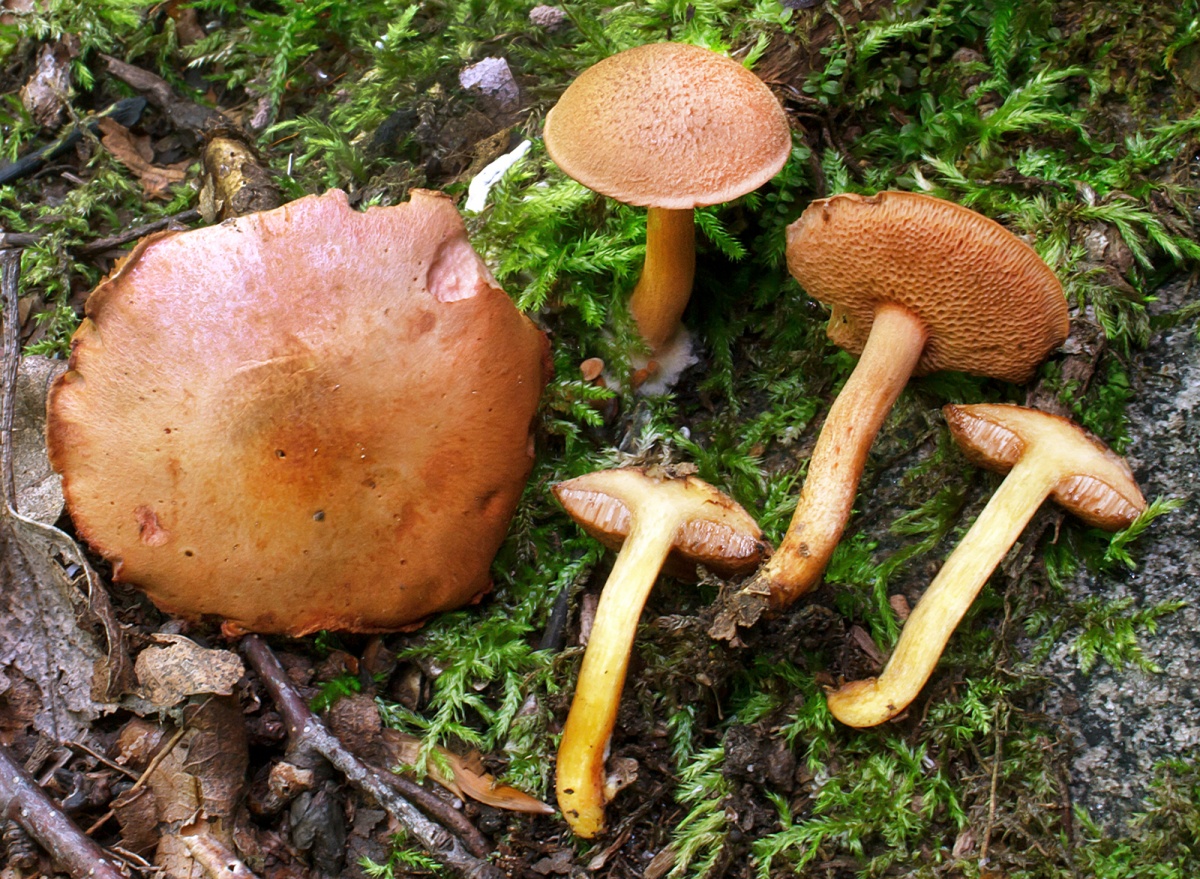
It does not bear fruit in large quantities, like other types of oil. You can meet it quite often both in mixed and in coniferous, deciduous forests. Selects soil with small forbs. Ripening period is July-October.
Mushroom edibility
Regarding the edibility of the moss, debate has been going on for many years and mycologists have not come to a consensus on the issue whether it is edible or not. There are three options regarding the properties of the fungus and classifying it as one of the classes:
- Edible - can be eaten after heat treatment. For its unusual taste, it is especially respected by some people who add it to their dishes to enhance piquancy.
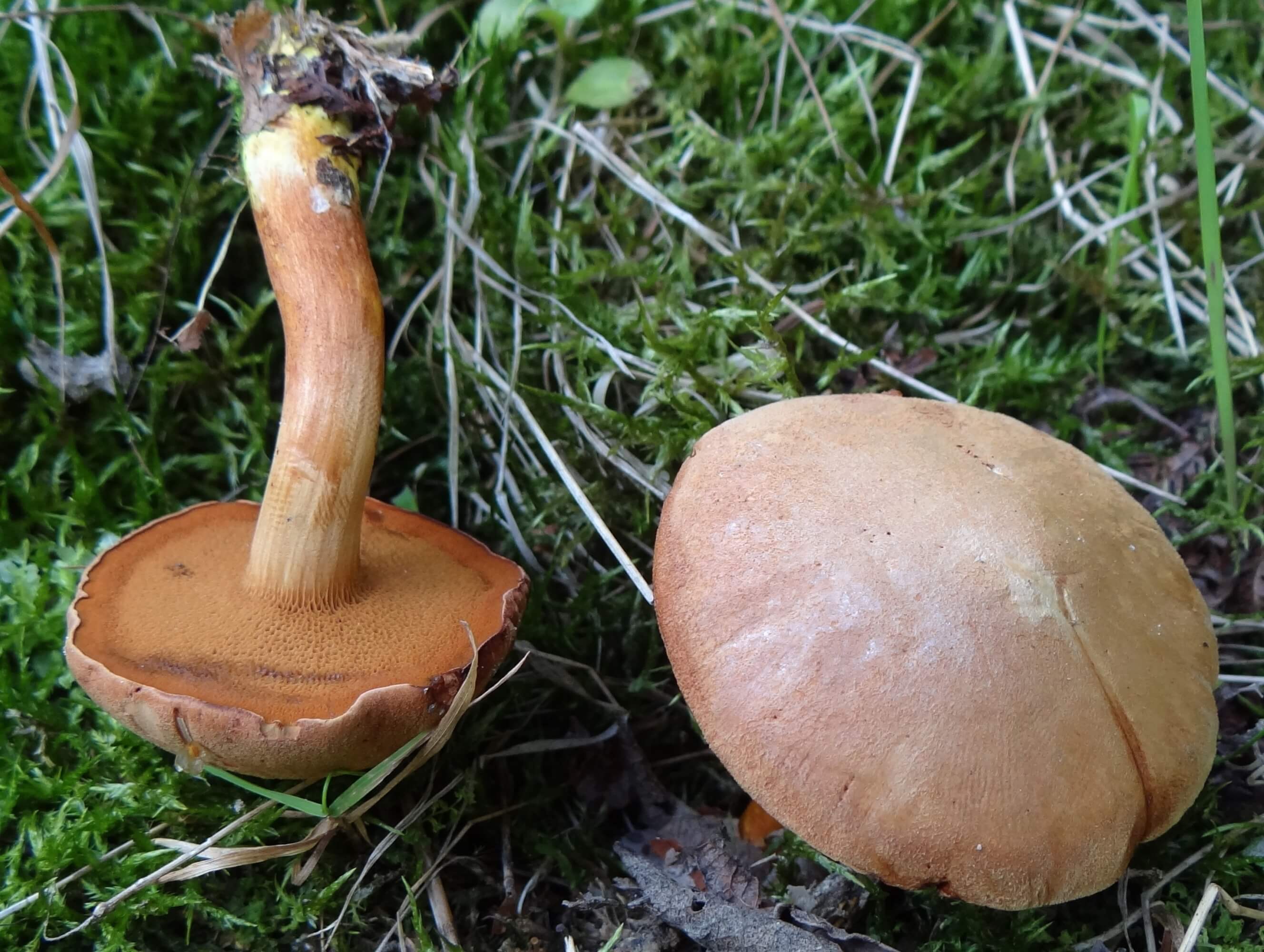
Pepper mushroom - Conditionally edible - the Russian interpretation of mushroom pickers, when boiling, the fruit body loses its bitterness. You can marinate, boil, fry and prepare the powder for seasoning.
- Inedible - the official domestic version due to the fact that even when processed, toxins from the nipple do not completely disappear and can accumulate in the body. Not recommended for use in any form.
The decision as to whether to eat it or not remains at the individual discretion.
Rules and gathering places
Having decided to collect pepper moss, you should look for it in the low grass of different forests. Usually they grow 3-4 pieces in one place, for symbiosis choose deciduous species such as birch, beech, as well as young pines.
The basic collection rules should be followed:
- Do not take old and wormy fruiting bodies.
- Inspect the cap for the presence of insect debris on it.
- Avoid quiet hunting in industrial areas and near the highway.
- Do not cut individuals that are in doubt.
It is also important to remember that even edible species can become toxic in the long-term absence of appropriate treatment; you should not postpone it long after returning home from the forest.
Difference from similar edible and inedible mushrooms
Pepper mushroom has no poisonous doubles, but it can be confused with some edible mushrooms.
First of all, he looks like his fellow butterworms, among whom he belongs. In case of confusion, the peppermint flywheel can significantly spoil the taste of preservation or other dishes due to its bitter taste. The main difference is the absence of a ring on the stem and the red color of the spores, while in other species the spores are yellow and a characteristic ring on the stem is present.
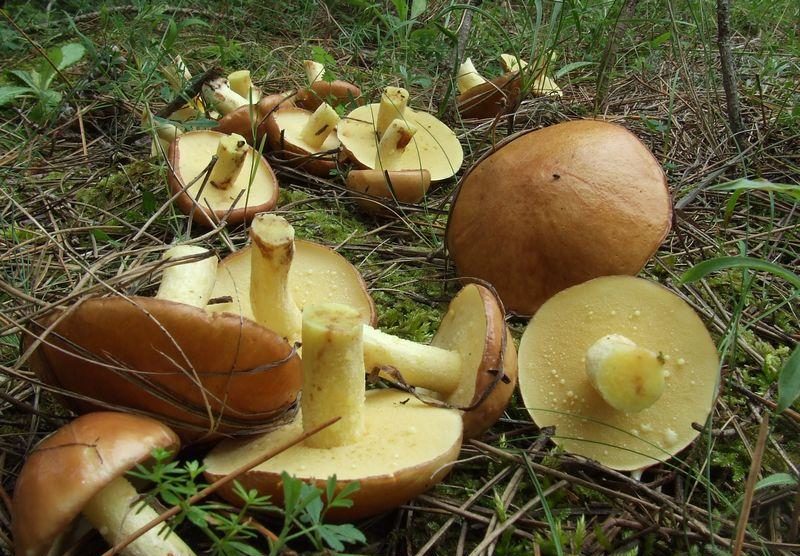
This species is often confused with another representative of the Boletov family - Kozlyak. The shape and color of the hat they have a similar color. Mushrooms can be distinguished from each other due to the color of the tubular layer and pulp. The goat always has a milky or dirty pink color of the spores, while the pepper moss fly brown and brown. The color of the flesh of the goat is white, and that of the pepper flywheel is yellow.
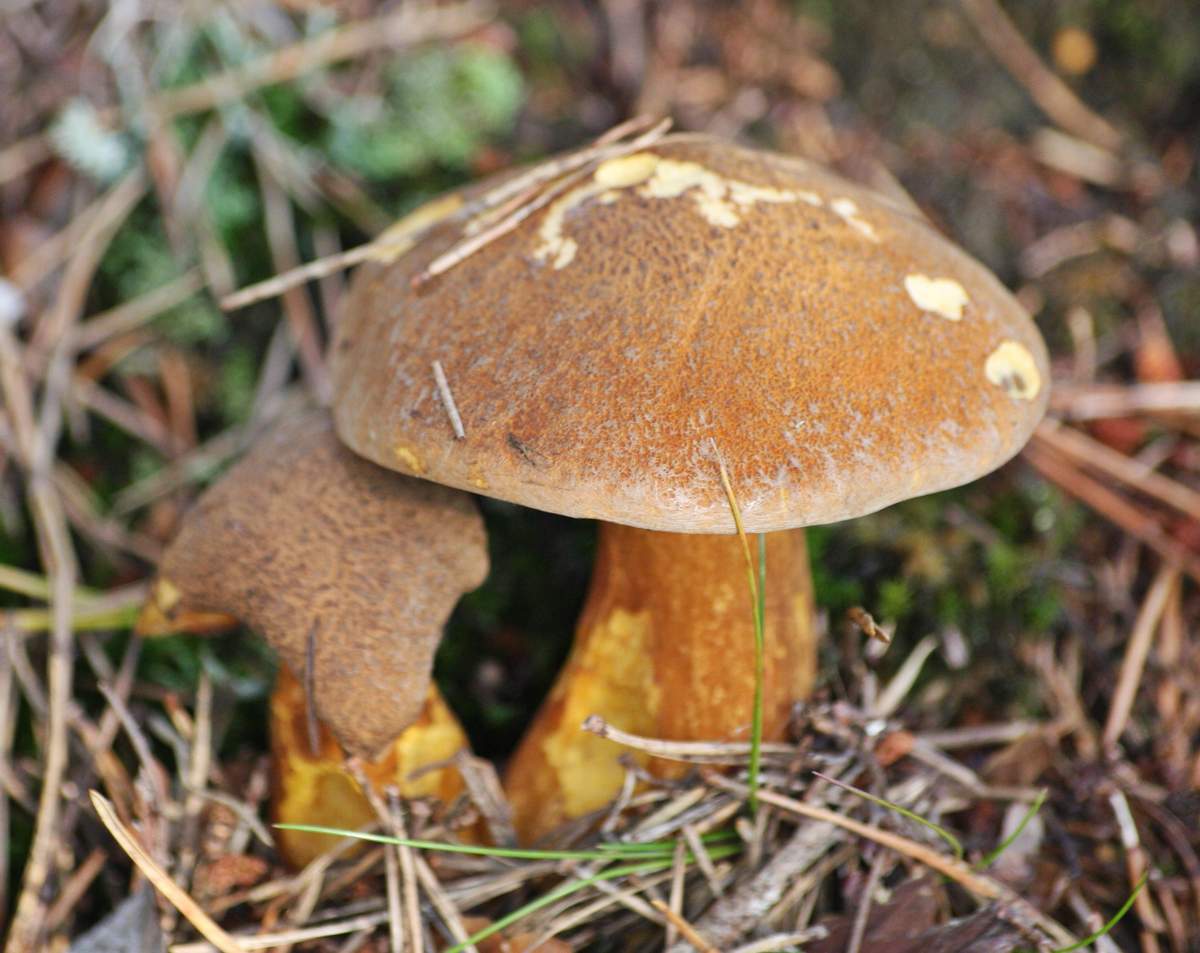
Gorchak is another double that can be mistaken for a pepper nipple. It looks like its double in the color of hats and legs, but also has characteristic distinguishing features: pink flesh, gray-yellow shade of the tubular layer and a soft spicy taste. By these signs, it can be confidently recognized while in the forest.
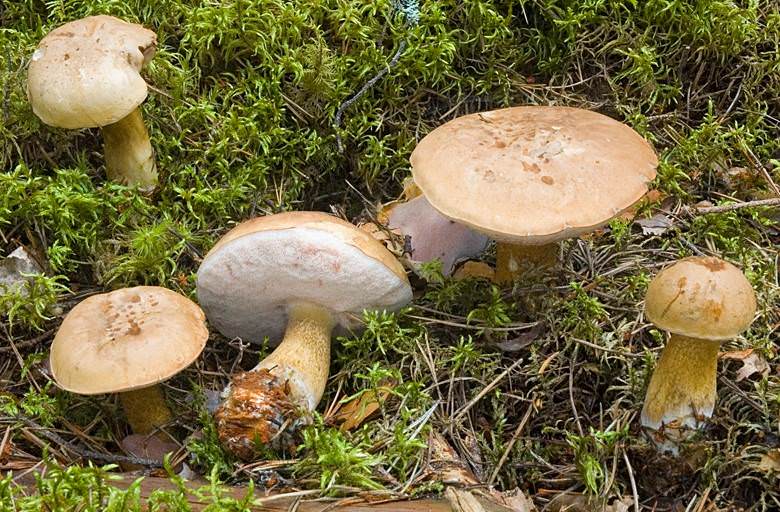
Despite a certain similarity, all these types of mushrooms can be distinguished by careful consideration of their structure and structure.
Useful properties, use in medicine and restrictions on the use
According to a number of studies, the fungus contains a toxic substance that is not neutralized by heat treatment and is not excreted from the body. It can provoke cirrhosis and liver cancer.
Nevertheless, this type is used in folk medicine. The composition of the fungus includes substances such as leucine and alanine, which helps to lower blood sugar and normalize weight. It is also rich in phytoncide, which is a natural antibiotic. Fruits contain protein, phosphorus, magnesium, selenium, folic acid.
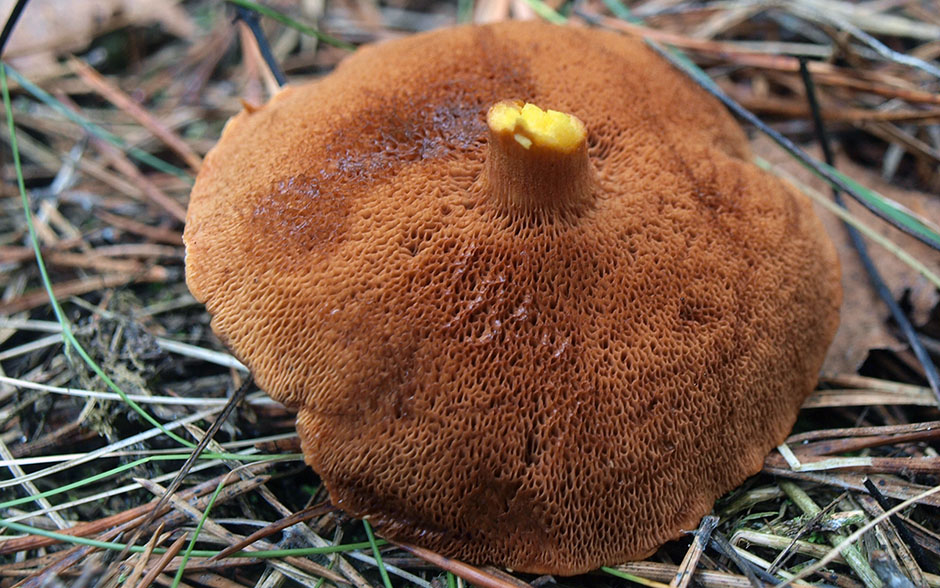
Due to its chemical composition, pepper moss is used in medicine for the manufacture of drugs that help cope with such conditions:
- pressure stabilization;
- improving the functioning of the immune system;
- cholesterol breakdown;
- strengthening the nervous system;
- activation of brain activity.
Cooking full dishes from a pepper nipple is not practiced, but it is often used as an additive to other types or as a spicy touch in the preparation of other products.Restrictions on the use of such foods apply to children, pregnant women and people with chronic diseases.
Seasoning recipe
Among amateur culinary experts and professional chefs, seasoning made from dried pepper oils is popular. The process of its manufacture is simple, it can be reproduced at home, following this instruction:
- peel and thoroughly rinse the mushrooms;
- break legs and hats into pieces;
- cook 1.5-2 hours, you can change the water in the process;
- drain the water and dry the oil in the oven for 3-4 hours;
- be sure to turn over during the drying process;
- grind into powder in any way;
- re-place in the oven for a few minutes.

Ready seasoning should be stored in a sealed container, preferably made of glass. Such seasoning when added to food will have a sharpness of pepper and mushroom aroma at the same time.
Answers to widespread questions
Pepper mushroom grows in a temperate climate zone and quite often it can be found in the forest, it has its counterparts and distinctive features for identification. Fully consistent with the taste of its name. There is no consensus on the edibility of this species.

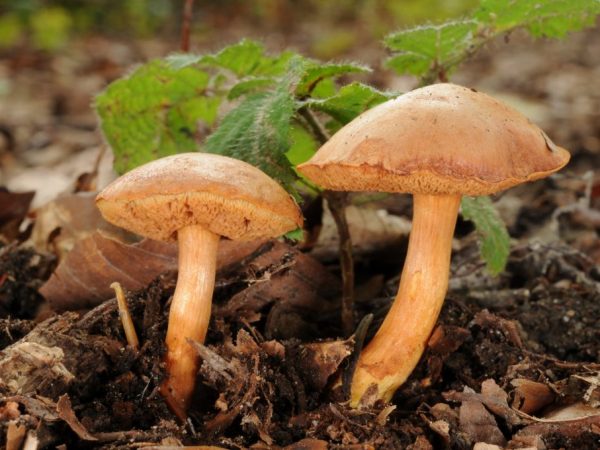
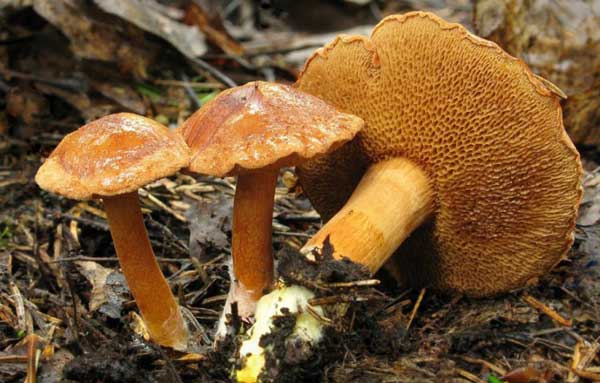
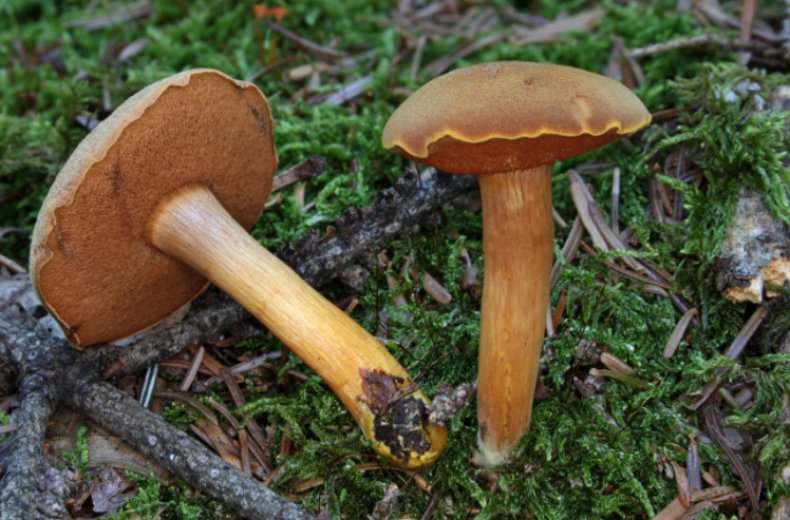
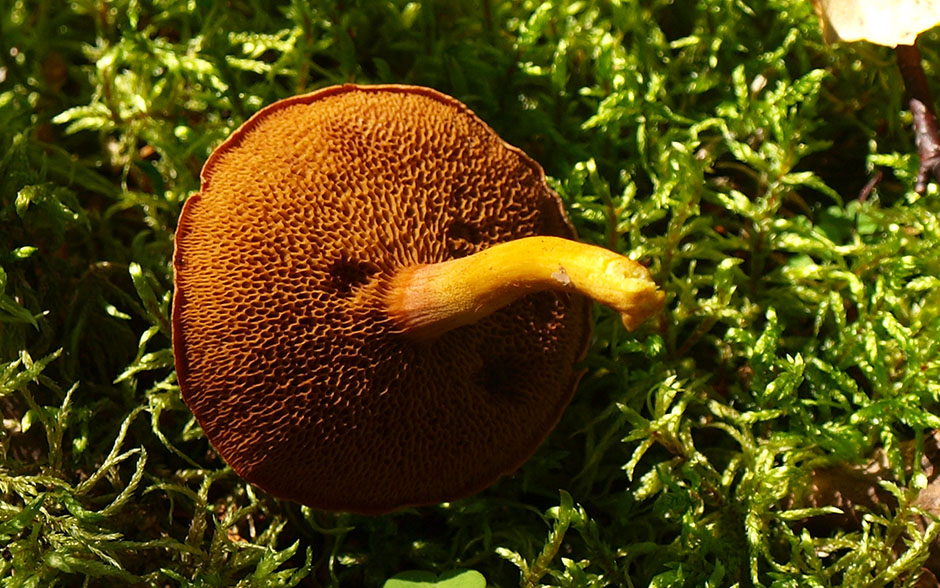
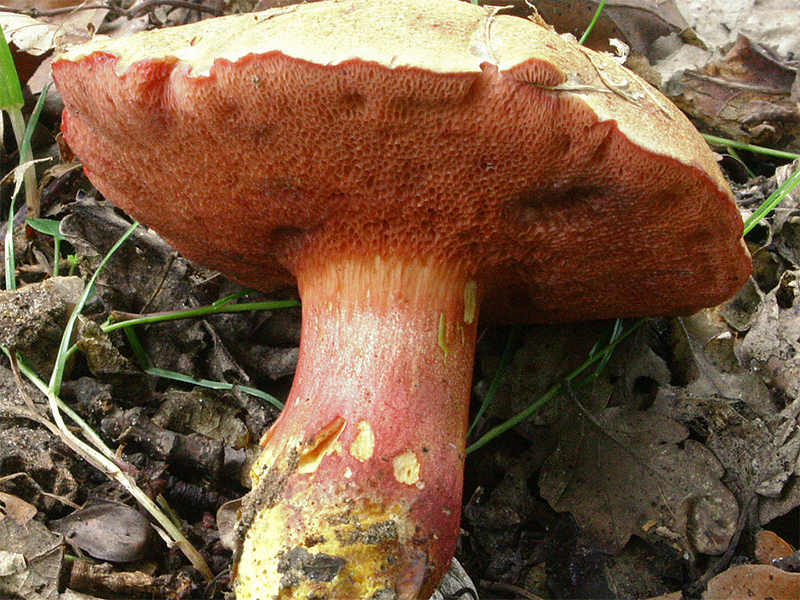
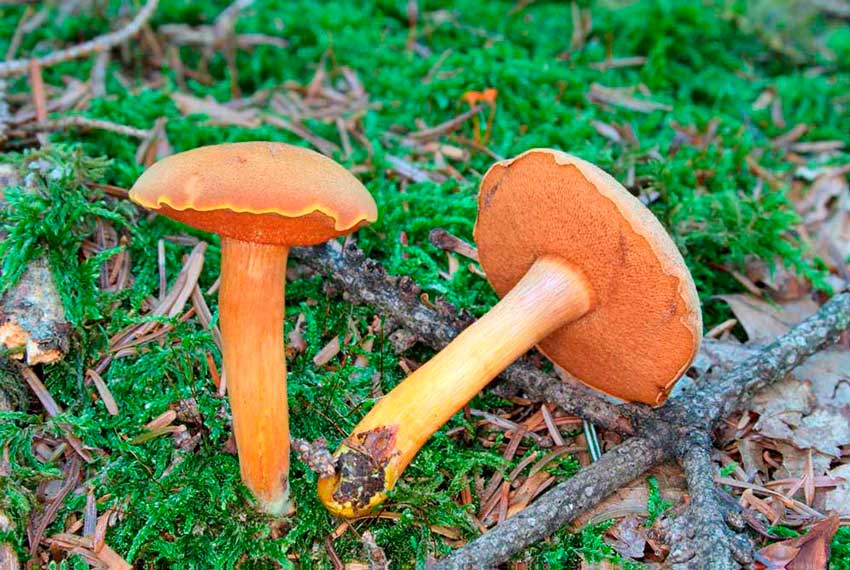
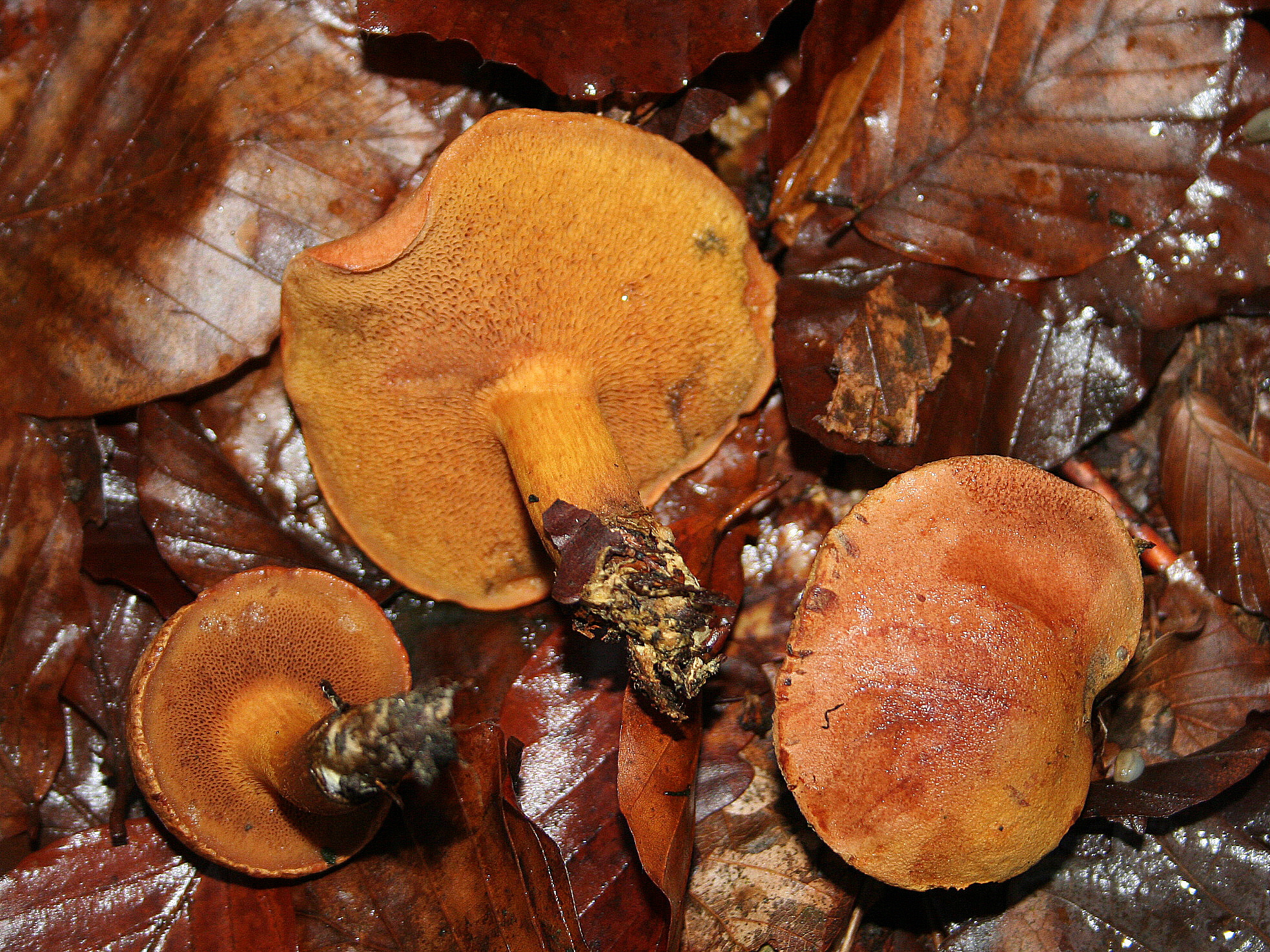

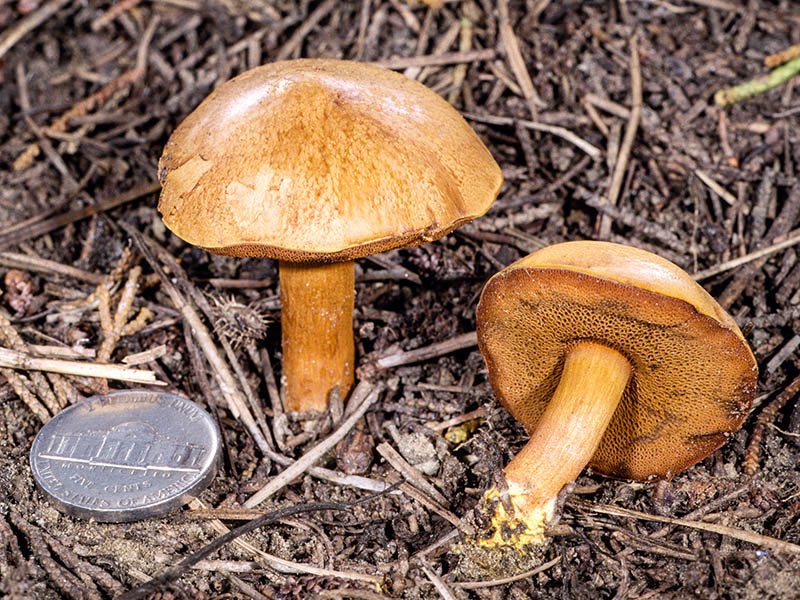



 Care and use of Kombucha at home (+22 photo)
Care and use of Kombucha at home (+22 photo) Edibility of the fungus of the motley umbrella and its description (+19 photo)
Edibility of the fungus of the motley umbrella and its description (+19 photo) Description of edible and inedible oils, their poisonous counterparts (+40 photos)
Description of edible and inedible oils, their poisonous counterparts (+40 photos) Useful properties of milk mushroom and its contraindications (+17 photos)
Useful properties of milk mushroom and its contraindications (+17 photos)